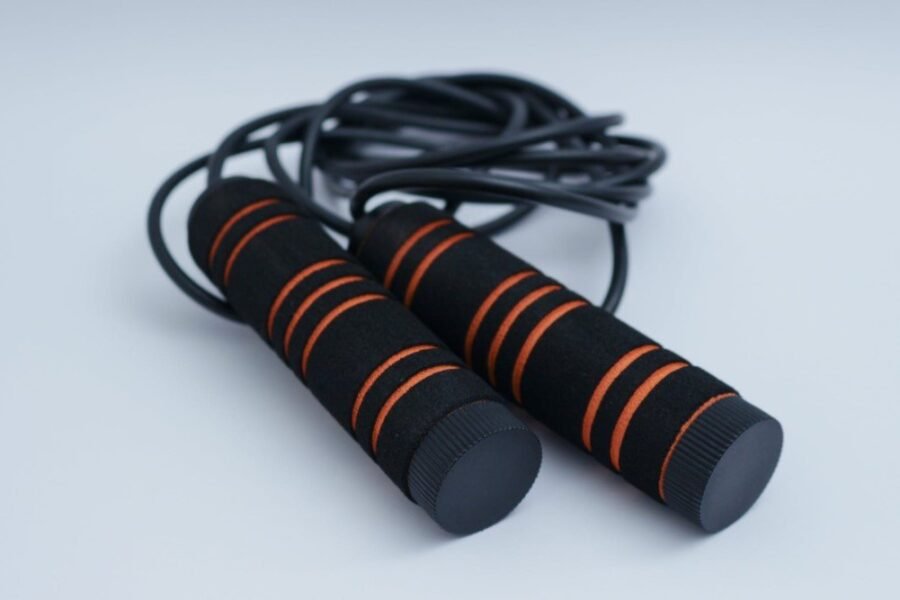Ever found yourself staring at a price tag in the grocery store, trying to figure out if you’re getting a good deal? A classic brain teaser asks, “If two lemons cost 15 cents, how many can you buy for 60 cents?” This simple question is more than just a math problem; it’s a practical skill for everyday budgeting. We’ll walk you through the easy steps to find the answer and show you how to use this logic to become a smarter shopper.
Breaking Down the Lemon Problem Step by Step
Before jumping into calculations, it’s best to understand what the question is asking. We have two key pieces of information: the price for a pair of lemons and our total budget.
The goal is to determine the maximum number of whole lemons we can purchase without exceeding our 60-cent limit. This requires us to figure out a baseline price to work with.
Thinking about it this way turns a potentially confusing riddle into a simple, two-part process. First, find the price of one item. Second, see how many of that item fit into your budget.
Finding the Cost of a Single Lemon
The first crucial step is to determine the unit price, which is the cost of one individual lemon. We know that two lemons cost 15 cents.
To find the cost of a single lemon, you simply divide the total cost by the number of lemons. So, we divide 15 cents by 2.
This calculation shows that each lemon costs 7.5 cents. Knowing the unit price is the key that unlocks the rest of the problem and is a fundamental skill for comparing prices while shopping.
Calculating How Many Lemons You Can Buy
Now that we have the cost of one lemon (7.5 cents), we can figure out how many we can get for our 60 cents. The calculation is straightforward: divide your total budget by the cost of a single lemon.
So, you will perform the calculation: 60 cents ÷ 7.5 cents.
The answer is 8. Therefore, you can purchase exactly 8 lemons for 60 cents. This simple division is a powerful tool for managing your money and making sure you stay within your budget on any shopping trip.
To see how this scales, look at the table below. It shows how many lemons you can buy with different amounts of money, based on the same unit price.
| Your Budget | Number of Lemons You Can Buy |
| 15 cents | 2 lemons |
| 30 cents | 4 lemons |
| 60 cents | 8 lemons |
| 75 cents | 10 lemons |
Why This Simple Math Matters for Your Wallet
This lemon problem might seem basic, but the principle behind it is essential for effective budgeting and cost analysis. When you can quickly calculate unit prices, you can compare different brands, package sizes, and sales to find the true best deal.
This skill helps you make informed financial decisions on the fly. Whether you’re buying lemons, paper towels, or gallons of milk, understanding the cost per unit ensures you get the most value for your money. It empowers you to stretch your budget further and avoid overspending.
Avoiding Common Shopping Math Mistakes
Many people make small errors when calculating costs in their head, which can lead to spending more than intended. Being aware of these common pitfalls can help you avoid them and become a more confident shopper.
A frequent mistake is guessing instead of calculating. It’s easy to assume a “buy one, get one free” deal is better than a simple discount, but it’s not always true. Taking a moment to do the math provides clarity.
- Misunderstanding Unit Pricing: Many shoppers look at the total price tag but ignore the price per item or per ounce. Always check the unit price to make a true comparison, especially when buying in bulk.
- Simple Arithmetic Errors: Rushing your mental math can lead to mistakes. A small error in division or multiplication can completely change the outcome.
- Forgetting Your Budget: It’s easy to get caught up in a good deal and forget your overall spending limit for that shopping trip.
To prevent these issues, use the calculator on your phone. There’s no shame in double-checking your math to ensure your budget stays on track.
Putting Your New Math Skills to the Test
The best way to get comfortable with these calculations is to practice them. The next time you’re at the grocery store, try it out. If a pack of four yogurts costs $3.00, how much is each one? That would be 75 cents per yogurt.
By actively applying this simple division during your shopping, it will become second nature. You’ll be able to quickly spot the best deals and manage your expenses with greater ease and confidence.
Frequently Asked Questions about Shopping Math
How much does one lemon cost if two are 15 cents?
To find the cost of a single lemon, you divide the total price (15 cents) by the number of lemons (2). This means one lemon costs 7.5 cents.
How do you calculate how many items you can buy with a budget?
First, determine the price of a single item (the unit price). Then, divide your total budget by that unit price to find out how many items you can afford.
What is unit pricing and why is it important?
Unit pricing is the cost per individual item, ounce, or pound. It’s important because it allows you to make an accurate comparison between different package sizes and brands to find the most cost-effective option.
Can you apply this math to other grocery items?
Absolutely. This method works for any item, from produce to packaged goods. It’s a universal tool for smart budgeting and comparing prices on everything you buy.
Is it always cheaper to buy in bulk?
Not always. While buying in bulk often offers a lower unit price, it’s not a guarantee. Always calculate the price per unit to confirm if the larger package is actually the better deal.







Leave a Comment